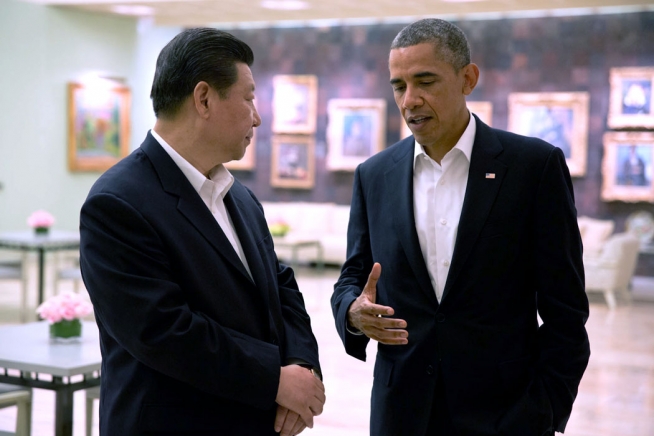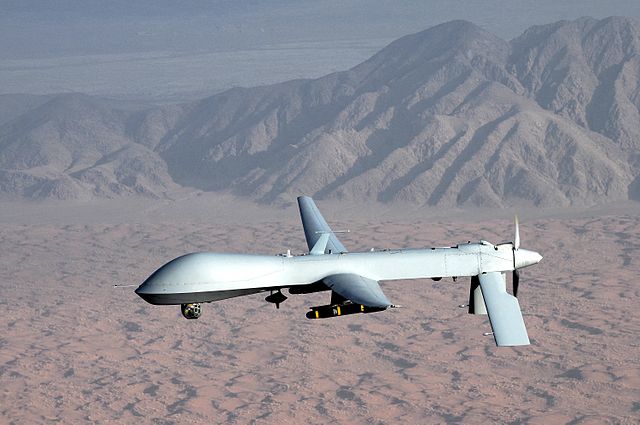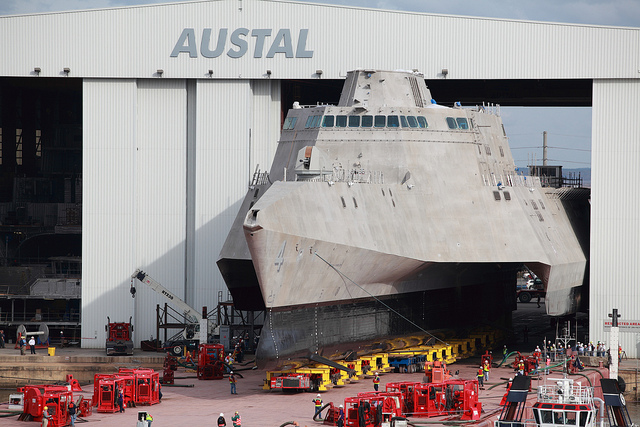Japan: the salamander stirs
In mid-June, as Presidents Xi and Obama strived to build bonhomie in the arid desert east of Los Angeles, a US–Japanese armada was purposefully massing off the coast, preparing for a simulated invasion of southern California. The contrast between the Sunnyland summit and Dawn Blitz, an amphibious exercise principally involving the US and Japan, with participation from Canada and New Zealand, was both coincidental and surreal. Yet the point wasn’t lost on the Chinese authorities who demanded, in vain, that the exercise be cancelled.
Participating in Dawn Blitz for the first time, Japan sent three warships, including two amphibious ships with 250 Ground Self Defence Force (GSDF) personnel embarked, including a helicopter detachment of two Apache gunships and two Chinooks. Five Air Self Defence Force (ASDF) staff officers also took part, making this an unprecedented combined arms exercise for the SDF. In another precedent, US Marine tilt-rotor Ospreys landed on the deck of Japan’s helicopter destroyer Hyuga. From a standing start, two years ago, Japan’s defence establishment has moved with unaccustomed speed to the threshold of an operational joint-service amphibious capability. This is consistent with the ‘dynamic defence’ concept outlined in 2010, which reorients the SDF’s posture to defend Japan’s south-western approaches against the growing threat felt from China. Read more







